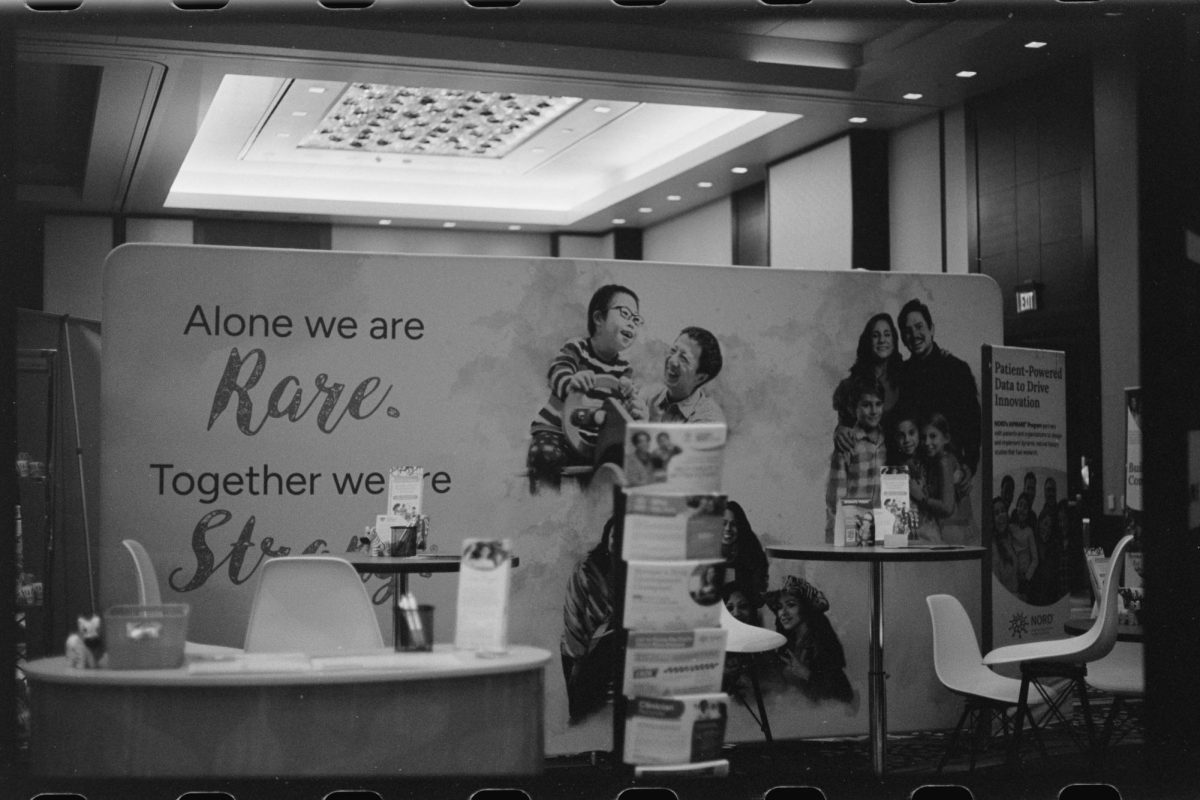The coronavirus, which was first detected in Hubei Province, China, has been declared “a public health emergency of international concern”, by the WHO. COVID-19, the official name for this disease, has infected 73,335 people, 72,438 of them being in China, killing around 1,873 in both China, and other countries, such as the Philippines, Japan, France, and Hong Kong. In the beginning of the outbreak, the cases had some link to a seafood and live animal market, suggesting animal-to-person spread. It has been discovered that this disease can be passed from person to person: the main reason for the spread inside and outside of China.
PRECAUTIONS
Many precautions have been taken to ensure the containment of this disease. For instance, travel limitations are currently being enforced in several cities and provinces in China, such as Hubei, Beijing, Shanghai, and Liaoning. Many cities have also been quarantined and are under lockdown.
Wuhan, Huanggang, Shiyan, and Xiaogan have sealed off residential areas and have prohibited residents from leaving their homes, also organizing committees to provide the civilians with necessities.China’s central bank has also announced that they will be disinfecting or even destroying some of their cash, to prevent the spread of this disease. In order to do so, all banks will expose their banknotes to ultraviolet light and high temperatures, then store it for around 1-2 weeks, before having it be released to customers. Not all cash will go through the disinfection process; cash that comes from high-risk areas infection areas like hospitals will be sent back to the central bank, where it would most likely be destroyed instead of being disinfected and used again. To make up for destroyed banknotes, banks will issue large sums of newly printed cash.
TESTS AND TREATMENTS
China has recently changed its definition of a “confirmed” case to include people who have pneumonia, which can be observed with CT scans. In addition, there is a diagnostic test to determine if a person is infected, which was developed by the C.D.C. They sent diagnostic test kits to 200 state
laboratories, and roughly 30 countries. However, the kits were flawed in accurately determining whether a person is infected, and new updated versions are underway. Treatment for this disease is supportive care, including providing enough oxygen, and making sure the patient is getting enough fluids. So far, no single antiviral drug has been confirmed to treat
patients, but an antiviral medication called remdesivir has been proven to be effective on animals, and was even used to treat a patient in Washington. As for the discovery of a vaccine, plenty of time is still needed: months or even years. Even with advanced technology and improved global coordination, the process of finding an efficient and safe vaccine may take years.
WORKS CITED
CDC. Coronavirus Disease 2019 (COVID-19). 16 February 2020. 17 February 2020.
Rabin, Roni Caryn. The Coronavirus: What Scientists Have Learned So Far. 21 January 2020. 16 February<https://www.nytimes.com/article/what-is-coronavirus.html>.worldometer. COVID-19 CORONAVIRUS OUTBREAK. 18 February 2020. 17 February 2020.
Yeung, Jessie. China is disinfecting and destroying cash to contain the coronavirus. 17 February 2020. 17 February 2020.






